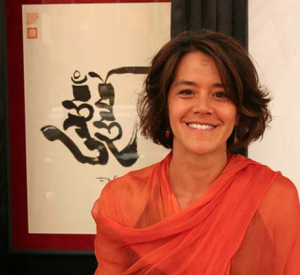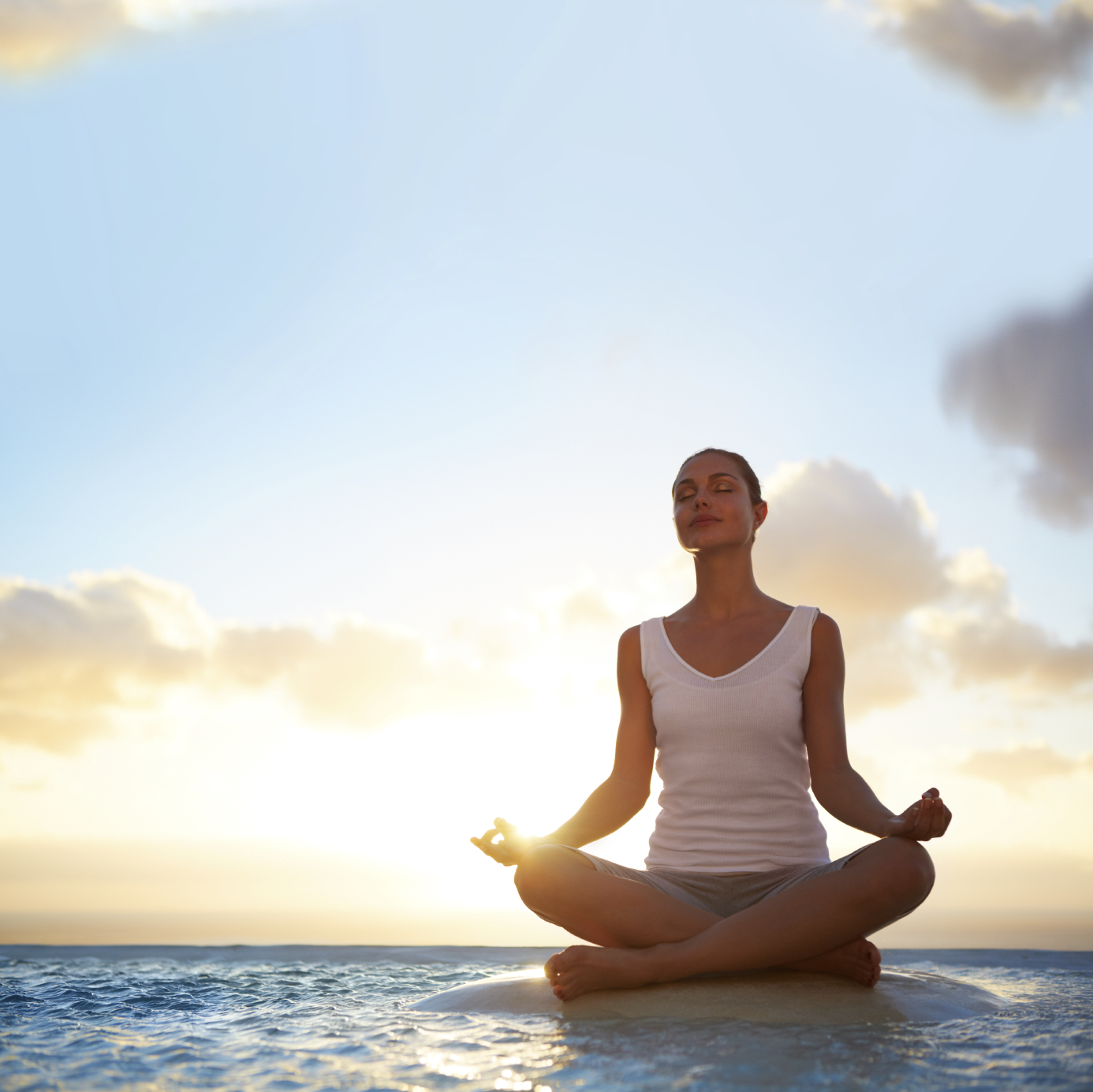Most people have heard by now that meditation is a great way to stay grounded, reduce stress and find calm in a stressful world. It’s true. It is a great way – and it’s so simple. Sit down. Breathe. Continue.
“I should meditate,” you might say. I say it. My friends say it. My clients say it. Yes, we can all agree: we should meditate. But somehow it’s hard to do. It’s simple, but not easy.
Many of us (even those of us who think of ourselves as “meditators”) seem to have a hard time finding the time to meditate. We mean to but then life happens. The dog needs to go out. The kids woke up too early (or too late). The draft is due. I have to do my hair. There are too many meetings. By the end of the day it’s often meditate or sleep (and we know which wins that one most of the time). Or just one more thing on the computer. There’s no time.
Of course it’s not true there’s no time. We are just doing other things with our time. Good to be honest with ourselves about that. But it is true that our lives in this particular time seem to be quite busy and quite complicated. I heard once that a Tibetan monk commented that if a rural Tibetan were transplanted into the modern, Western world, he’d probably go crazy from the over-stimulation. Sometimes I think we are, in fact, going crazy from the over-stimulation. We’ve just convinced ourselves that crazy is normal.
So what’s a crazy, modern, Western person to do? First, let’s be honest with ourselves and set realistic goals. I think we should all sit down and meditate for at least 20 minutes a day, every day. But that goal may become such an obstacle that we don’t sit down for even one minute a day. So here are a few “meditations” that we can do even as we go about our day. Meditating in the midst of our complicated, busy lives.
- Driving Meditation: Most of us end up driving somewhere at some point during the day. Commuting to work, picking up kids, running errands. This is a meditation we can do every time we get in the car (or bus or on our bicycles, for that matter). Each time we get to a red light, we have the opportunity to practice meditation. We can call it “driving meditation” or “red light meditation.” When we stop, we bring our awareness to our breathing, feeling the breath going in, feeling the breath going out. Breathing in, breathing out. If we’re caught up in thoughts or planning or problem solving, we take a break for those few moments and simply breathe in and breathe out. It’s like a little mini vacation from our racing minds and lives and instead of getting irritated or frustrated that we missed the light, we can think, “Oh good, now I can take a break and just be for a few moments.”
- Gadget Meditation: Needless to say if you’re reading this, you’re probably pretty plugged in to your technology gadgets and apps as much as I am. Good. Rather than seeing this technology as an obstacle to meditation, we can see it as, again, an opportunity to practice meditation. Each time your gadget rings or beeps or barks like a dog, you can take a moment to pause and breathe in and breathe out. Breathe in and breathe out. Breathe in and breathe out. Certainly we can manage three breaths before reacting. Usually through our unconscious habits we train our mind to instantly rush to check whatever is beeping at us, fragmenting our attention and making ourselves crazy. Instead, we can use the ring, beep, bark or whatever as an opportunity to come back to ourselves. We can train our minds to come back rather than to keep running off like an out-of-control puppy going after whatever pops up.
- Washing Dishes Meditation: I know some people who don’t wash their own dishes (lucky them, we might think!), but most of us end up having to deal with the kitchen at some point in the day. Often we think of it as a chore we’d rather not do, something to power through so we can get on with our lives. But since we’re there anyway, why not actually be there? Actually be present in our bodies and minds while we do the dishes? We can feel the soapy water, we can look out the window and actually see what’s there, we can bring our attention to the weight of the dishes, the sounds of the clinking, the breath going in and out of our bodies. Maybe by having to do our own dishes we’re the lucky ones after all.
Sometimes people think that meditation is about stopping thoughts or sitting in some particular way or breathing in through your ear and out through your elbow or something (see photo above). But really, meditation is about becoming truly present to whatever we are experiencing. Present means hearing, smelling, tasting, touching and seeing what actually is happening. It means becoming aware of our thoughts and feelings without believing them all or getting all caught up in our (often drama-laced) storylines. There’s a certain dignity and peace that comes from being truly present.
In this sense, any of our daily activities can become opportunities to practice meditation, to practice coming back to our selves, back to our breath, back to our senses. Brushing Teeth Meditation. Changing Diaper Meditation. Sit In Meeting Meditation. What have you tried? What has worked for you?
 Written by Janet New Geluardi
Written by Janet New Geluardi
Janet New Geluardi is a meditation instructor in the Shambhala lineage of Sakyong Mipham Rinpoche and Chogyam Trungpa Rinpoche. She is also an executive coach and thought partner working with tech start ups, founders, and entrepreneurs to cultivate unconditional confidence, excellence and conscious leadership. She lives in the San Francisco Bay Area with her husband, two year old son, and yellow lab, Baker.












Leave A Comment
You must be logged in to post a comment.